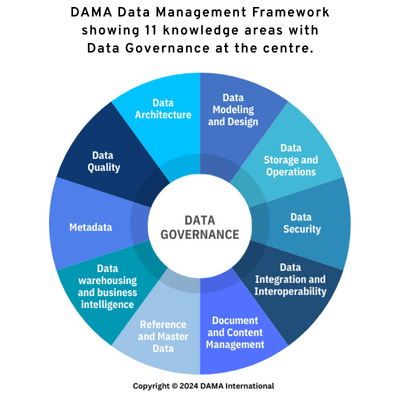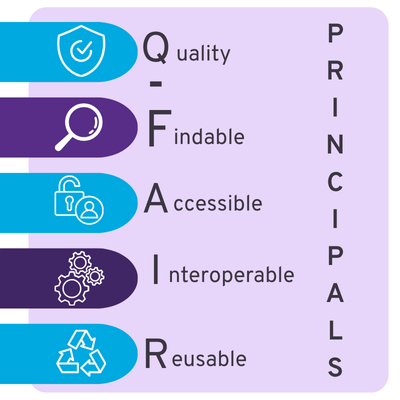Are You in Data Debt?
How to fix data debt and prepare for AI
If you have read our previous article, you will know that understanding your data types is critical. But even if you’ve mastered the difference between master and reference data, there’s another silent threat: data debt.
Just like technical debt in software development, data debt accumulates when organisations take shortcuts or neglect proper data management practices. Over time, this debt becomes harder, and more expensive to fix, impacting everything from operational efficiency to strategic decision-making.
A Real-World Scenario
Picture this: You are a policy advisor tasked with preparing a minister for a high-profile interview. You need accurate, up-to-date data fast. But instead of finding what you need, you’re stuck navigating outdated systems, broken links, and inconsistent file naming. Hours later, you have fragments of information, but not enough to deliver a confident briefing. The result? A missed opportunity and reputational risk.
This is data debt in action and it’s costing organisations every day.


How to Break Free from Data Debt
The solution isn’t quick fixes; it is a structured, repeatable approach to data management. One proven framework is the DAMA Data Management Body of Knowledge (DMBOK), which covers 11 key areas, including:
- Data Governance – Establishing clear policies and accountability.
- Metadata Management – Making data discoverable and accessible.
- Data Quality – Ensuring data is fit for purpose.
Start small. Focus on these foundational areas first, then build out your strategy.
The DAMA Wheel divides data management into 11 knowledge areas, with Data Governance at the core. Foundational areas like Metadata and Data Quality are essential starting points for reducing data debt.
Q-FAIR Principles
When managing location data, the UK Government recommends the Q-FAIR approach:
• Quality – Data must be accurate and fit for purpose.
• Findable – Easily discoverable through metadata and catalogues.
• Accessible – Available to those who need it, with clear permissions.
• Interoperable – Works across systems and standards.
• Reusable – Structured for long-term value.
Learn more about Q-FAIR principles here.

Why This Matters for Artificial Intelligence
High-quality, well-governed data isn’t just about solving today’s problems… it’s about preparing for tomorrow. AI and advanced analytics rely on clean, structured, and accessible data. Without it, your AI initiatives will stall before they start.
How 1Spatial Can Help
At 1Spatial, we specialise in helping organisations eliminate data debt and keep it from coming back. Our approach combines:
Expert People – Deep knowledge of data and geospatial systems.
Proven Processes – Developed through complex, large-scale projects.
Powerful Tools – The 1Spatial Platform.
Article written by Simon Ashby, Enterprise Solutions Architect, 1Spatial
Ready to Take Control of Your Data?
Don’t let data debt hold you back. Discover how 1Spatial can help you build a robust data management strategy and unlock the full potential of your data. Contact us today to start your journey toward AI-ready data.
Contact
